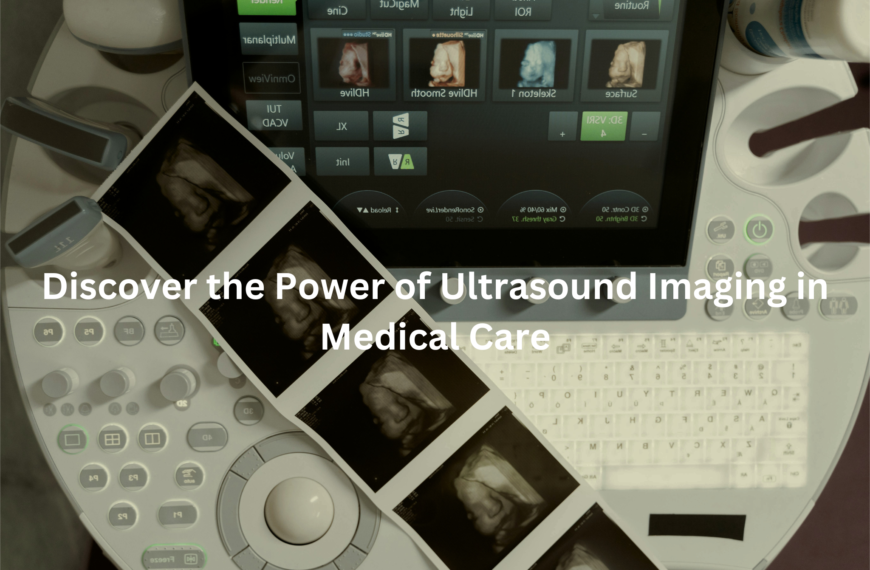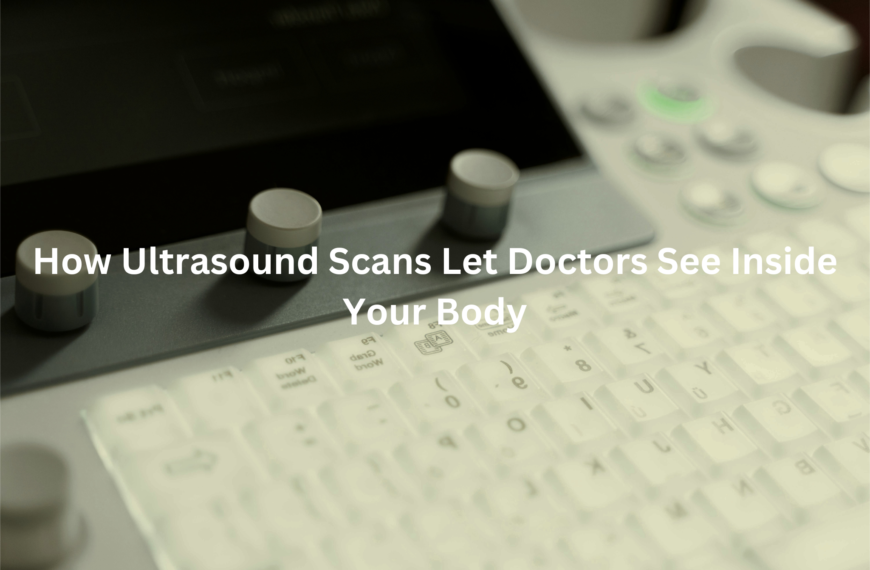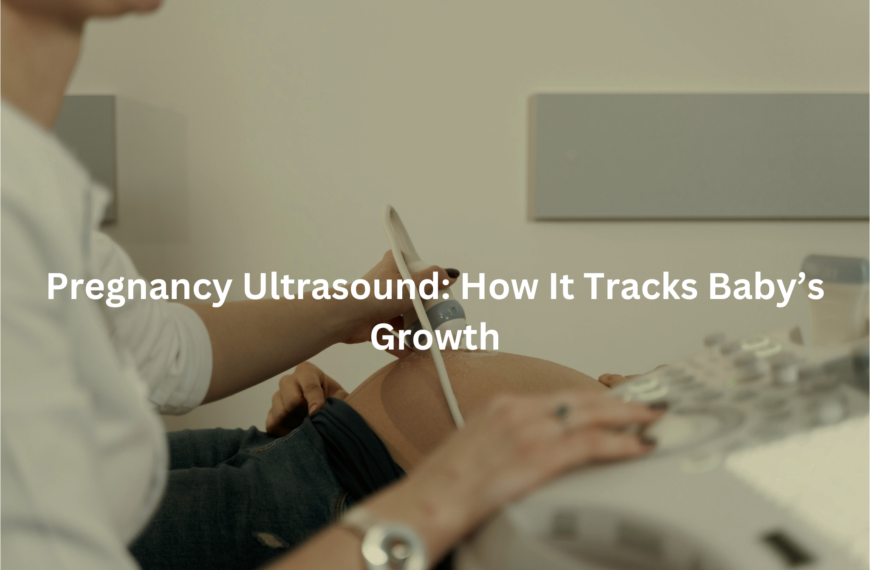Learn how cardiac nuclear imaging uncovers heart health, helps diagnose heart disease, and ensures patient safety.
Cardiac nuclear imaging plays a vital role in diagnosing heart disease by providing clear, detailed images of the heart’s blood flow and function. Using techniques like SPECT and PET scans, doctors can assess heart conditions, detect damage from previous heart attacks, and guide treatment plans.
This imaging method uses small amounts of radiation, which is considered safe, offering essential insights into heart health.
Key Takeaway
- Accurate Diagnosis: Cardiac nuclear imaging helps identify heart disease, reduced blood flow, and heart muscle damage.
- Safety First: Radiation levels are low, and procedures are designed with patient safety in mind.
- Non-invasive Evaluation: Provides a detailed view of heart function without the need for surgery or invasive methods.
How Cardiac Nuclear Imaging Works
Cardiac nuclear imaging plays a pivotal role in diagnosing and monitoring heart conditions. This imaging method uses small amounts of radioactive substances, known as radiotracers, to capture detailed images of the heart. By doing this, it allows healthcare providers to assess how well the heart is functioning, detect any blockages or damage, and guide treatment decisions. (1)
Radiotracers
These are small amounts of radioactive substances injected into the bloodstream. Once in the body, they travel to the heart and emit signals that are picked up by special cameras, creating clear images of the heart’s structure and blood flow.
Imaging Methods
- SPECT (Single Photon Emission Computed Tomography): This technique is used to create 3D images of the heart’s blood flow and overall function. It’s excellent for identifying areas with poor circulation, especially in the coronary arteries.
- PET (Positron Emission Tomography): PET scans offer detailed images that highlight the metabolic processes happening in the heart. These scans are particularly useful when assessing the heart muscle’s health and determining whether tissue is alive or damaged.
Stress Testing
Sometimes, a patient’s heart needs to be stressed to simulate how it would perform during physical exertion. This can be done through exercise or medication, which mimics the effects of exercise on the heart. Stress testing helps improve the diagnostic accuracy of the scans.
Radiation Exposure
It’s common to worry about the radiation involved in these procedures. However, the radiation exposure during cardiac nuclear imaging is minimal, similar to that of a regular X-ray. Healthcare providers take measures to ensure that the radiation dose is kept as low as possible while still providing the necessary diagnostic information.
Clinical Applications of Cardiac Nuclear Imaging
Credits: South Texas Health System
Cardiac nuclear imaging is primarily used for diagnosing heart conditions and evaluating heart function. It can be a game-changer in identifying heart disease early, helping to prevent more severe issues down the road.
Diagnosing Coronary Artery Disease
One of the most common applications of cardiac nuclear imaging is detecting coronary artery disease (CAD). CAD occurs when the coronary arteries become narrowed or blocked, reducing blood flow to the heart muscle. Through this imaging, areas of reduced blood flow can be easily identified, enabling doctors to plan appropriate interventions like medication or surgery.
Heart Function Evaluation
Another crucial application of cardiac nuclear imaging is assessing heart function. This includes measuring the heart’s ejection fraction, which is the percentage of blood pumped out of the heart with each beat.
A low ejection fraction can be a sign of heart failure or other conditions that affect the heart’s pumping efficiency. The imaging also evaluates the overall cardiac output, helping doctors monitor how well the heart is circulating blood throughout the body.
Post-Heart Attack Damage
After a heart attack, it’s essential to evaluate the extent of any damage to the heart muscle. Cardiac nuclear imaging can highlight areas where the heart tissue is no longer receiving enough blood, showing whether the damage is permanent or if there’s a chance of recovery. This helps doctors tailor treatment plans for rehabilitation and recovery.
Patient Preparation for Cardiac Nuclear Imaging
Preparing for a cardiac nuclear imaging test might seem a bit daunting, but it’s usually a straightforward process. Patients will need to follow certain guidelines to ensure the best results.
Pre-scan Guidelines
Before undergoing the scan, patients might be asked to fast for a few hours. This helps prevent any interference with the imaging results. It’s also important to stay hydrated, as dehydration can affect the heart’s performance during the test. If the test involves stress testing, patients may need to avoid caffeine or certain medications beforehand, as they could interfere with the stress test results.
What to Expect
During the scan, patients will be asked to lie on a table while the radiotracer is injected into their bloodstream. Then, they’ll be asked to wait for the tracer to reach the heart before the imaging begins.
Depending on the specific test, the process can take anywhere from 30 minutes to a few hours. While it might sound uncomfortable, the procedure is generally painless, and most people find it easy to tolerate.
Post-scan Care
After the scan, it’s important to rest for a short while. Drinking plenty of fluids can help flush the radiotracer out of the body. Most people can resume normal activities shortly after, although they might feel a little tired. If any discomfort or concerns arise, it’s always a good idea to check in with your healthcare provider.
Radiation Safety and Minimisation
While the use of radiation in cardiac nuclear imaging might sound worrying, the amount involved is generally low and carefully controlled. (2)
Small Radiation Dose
The radiation dose from cardiac nuclear imaging is comparable to that of a standard X-ray. In fact, it’s often lower than many people expect. The amount of radiation is enough to generate clear images without posing a significant risk to the patient. That being said, it’s still essential to limit unnecessary exposure to radiation where possible.
Risk Minimisation
Healthcare professionals take patient safety seriously and follow strict guidelines to ensure that the radiation dose is as low as possible while still providing the necessary diagnostic information. They’re trained to make sure that patients get the most benefit from the imaging without unnecessary risk.
Extremely Rare Side Effects
While side effects are rare, some people might feel a little lightheaded or nauseous after receiving the radiotracer. Any side effects are usually short-lived, and most people feel fine after a bit of rest. Serious side effects are extremely rare, making this procedure a safe choice for heart diagnostics.
Cost, Accessibility, and Bulk Billing
Cost is often a major factor in deciding whether to go ahead with any medical procedure, and cardiac nuclear imaging is no exception. The good news is that there are options available to help reduce the financial burden.
Bulk-Billed Options
In Australia, bulk-billing options are available for certain cardiac nuclear imaging procedures. This means that the cost of the test may be fully covered by Medicare, reducing or eliminating out-of-pocket expenses for patients. To find out if your procedure qualifies for bulk-billing, it’s best to check with the healthcare provider beforehand.
Accessibility
Cardiac nuclear imaging is generally available at hospitals and specialised diagnostic centres throughout Australia. Depending on where you live, there may be local clinics offering these services, but it’s always a good idea to check whether they’re available in your area. Your GP or cardiologist can provide recommendations for nearby clinics.
Insurance Coverage
If you have private health insurance, you might be covered for some or all of the costs of cardiac nuclear imaging. It’s worth reviewing your health insurance policy to understand the level of coverage available for this type of procedure. For those without insurance, Medicare is a helpful resource for covering many of the associated costs.
Types of Imaging Tests in Cardiology
Cardiac nuclear imaging is just one of several imaging tests used to assess heart health. Depending on the patient’s condition, other tests may be more appropriate.
VQ Scan (Ventilation-Perfusion Scan)
This test is primarily used to assess blood flow to the lungs, but it can also provide valuable information about the heart. A VQ scan can help diagnose conditions like pulmonary embolism, which might also impact heart function.
CT Scan
A low-dose CT scan can help detect coronary artery disease by providing detailed images of the blood vessels surrounding the heart. This scan is often used as a supplement to other diagnostic tests.
Bone and Lung Scans
In some cases, bone or lung scans can provide additional information on the heart’s health, particularly if there’s a specific concern like metastasis or lung disease impacting the heart.
Emerging Technologies in Cardiac Nuclear Imaging
Like all medical fields, cardiac nuclear imaging continues to evolve, with new technologies improving both accuracy and safety.
Latest Innovations
New imaging techniques are constantly being developed to improve the quality of the scans and reduce the radiation dose even further. Advances in detector technology, as well as improvements in computer processing, have made it possible to generate clearer, more accurate images with less radiation.
Future Developments
Looking ahead, experts expect that innovations like hybrid imaging, which combines different types of scans (like CT and PET), will become more common. These advances will likely make it easier to diagnose heart conditions with even more precision, providing better outcomes for patients.
Cardiac MRI vs. Nuclear Imaging
Cardiac MRI and nuclear imaging are both valuable tools in diagnosing heart conditions, but they serve different purposes.
Key Differences
Cardiac MRI uses strong magnets and radio waves to create detailed images of the heart’s structure, while nuclear imaging uses radioactive substances to assess blood flow and metabolic activity. MRI is often used to get a detailed view of the heart’s anatomy, while nuclear imaging is more focused on functional aspects, like blood flow and muscle viability.
When to Use Each
A healthcare provider might choose MRI when looking for detailed structural information or to assess damage from a heart attack. On the other hand, nuclear imaging is typically used to evaluate heart function, blood flow, and the effects of coronary artery disease. Depending on the patient’s condition, both tests may be used together to provide a comprehensive assessment.
Conclusion
Cardiac nuclear imaging is a reliable and safe diagnostic tool that continues to help doctors detect heart problems early, allowing for better treatment and outcomes. While the thought of radiation might be concerning, the benefits of these scans far outweigh the risks. With careful planning, preparation, and a bit of patience, cardiac nuclear imaging can provide valuable insights into heart health.
FAQ
What is a VQ scan in cardiac nuclear imaging?
A VQ scan, also known as a ventilation-perfusion scan, is an imaging test that helps doctors check the blood flow and air supply to the lungs. It’s often used to look for issues like blood clots in the lungs that may affect blood vessels and heart function.
What is a CT scan, and how does it relate to cardiac nuclear imaging?
A CT scan, or computed tomography scan, provides detailed images of the heart and blood vessels. It can be used in combination with cardiac nuclear imaging to get a clearer picture of the heart’s structure, blood flow, and any potential issues like artery disease or blood clots.
How much radiation is used during cardiac nuclear imaging?
Cardiac nuclear imaging uses a small amount of radiation to take pictures of the heart. The radiation dose is generally very low, similar to what you’d receive in a regular X-ray or CT scan. Doctors make sure that the amount of radiation is kept as low as possible while still getting the necessary information.
What is the role of a PET scan in heart disease diagnosis?
A PET scan, or positron emission tomography scan, is a type of imaging test that can show the heart muscle’s energy state. This test helps doctors look at blood flow to the heart and identify damaged areas after a heart attack or to check for coronary artery disease.
How is a bone scan used in cardiac nuclear imaging?
A bone scan is a type of imaging test that can be used to check for issues in the bones, but it’s also helpful in looking at areas near the heart, such as the spine or ribs, for signs of problems. It may be used in combination with other scans to check for heart disease or any unusual activity affecting the heart.
References
- https://www.prpimaging.com.au/heart-health-with-myocardial-perfusion-imaging/
- https://www.sciencedirect.com/science/article/abs/pii/S1443950605001915




